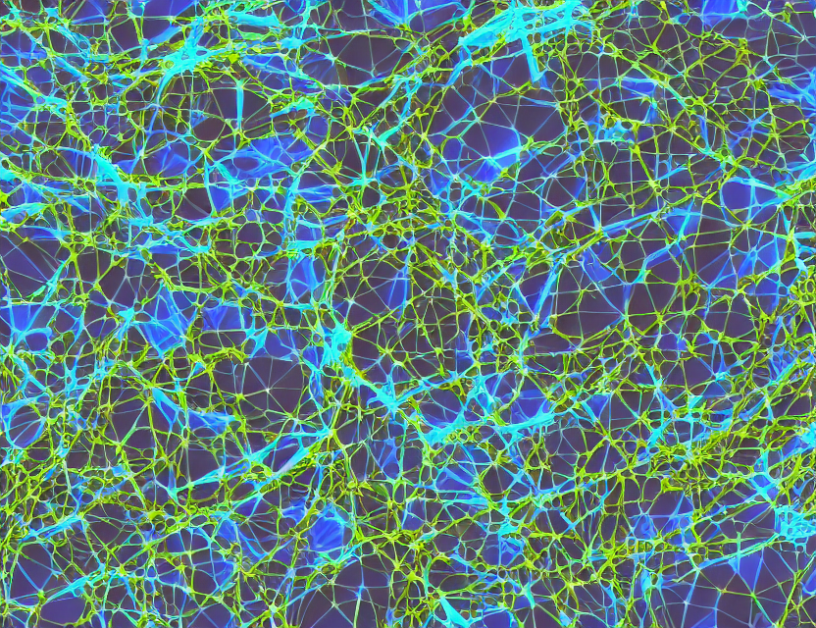Weight normalization is a technique used in deep learning to improve the training process by rescaling the weights of a neural network. This technique helps the network learn more efficiently and accurately, especially when dealing with large datasets or complex models.
The article explains that there are two main groups of weight normalization methods: those that normalize weights directly and those that use implicit regularization to enhance weight normalization across a wider range of CNNs. The article highlights several papers that have proposed new techniques for weight normalization, including implicit regularization and convergence for weight normalization.
To understand why weight normalization is important, consider the following analogy: Imagine you are trying to build a house using Legos. Each Lego represents a neuron in your neural network, and the connections between neurons are like the weights of the network. If the weights are too heavy or light, the house (network) may not be stable or may collapse. Weight normalization helps ensure that the weights are at the right size to support the structure of the network.
The article also includes a visual representation of weight normalization in Figure 10, which shows the training and testing accuracy of DenseNet with ImageNet dataset. This figure demonstrates how weight normalization can improve the performance of a neural network.
In summary, weight normalization is a crucial technique in deep learning that helps improve the efficiency and accuracy of neural networks. By rescaling the weights of a network, it ensures that the network learns more effectively and accurately, especially when dealing with large datasets or complex models.
Computer Science, Computer Vision and Pattern Recognition
Enhancing Deep Neural Networks with Weight Normalization



